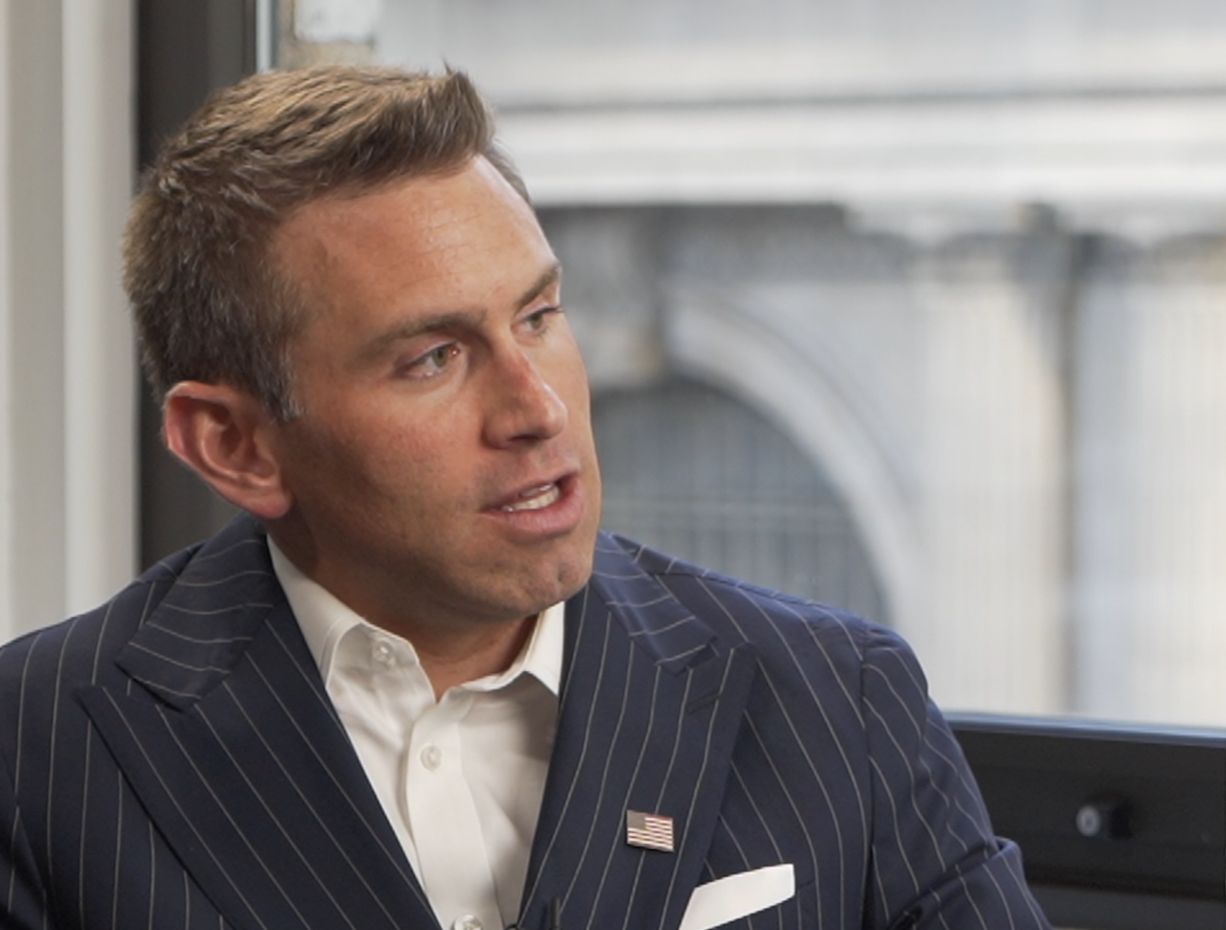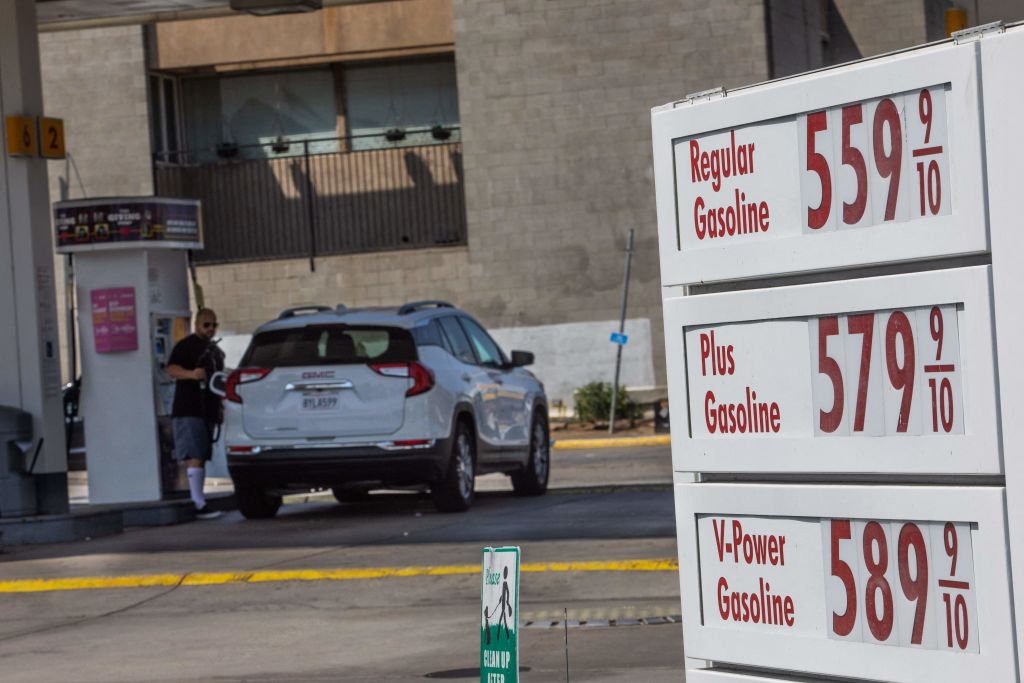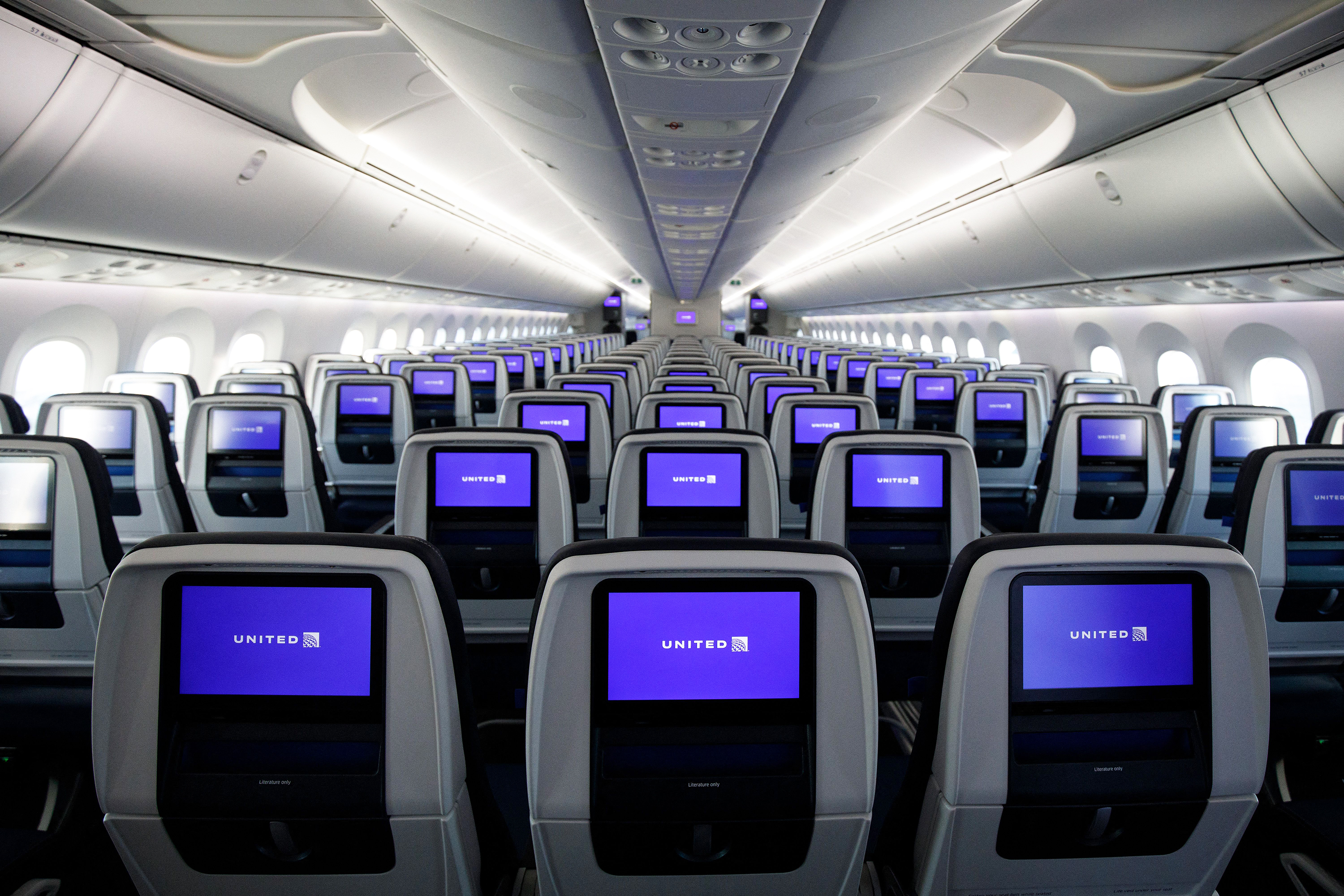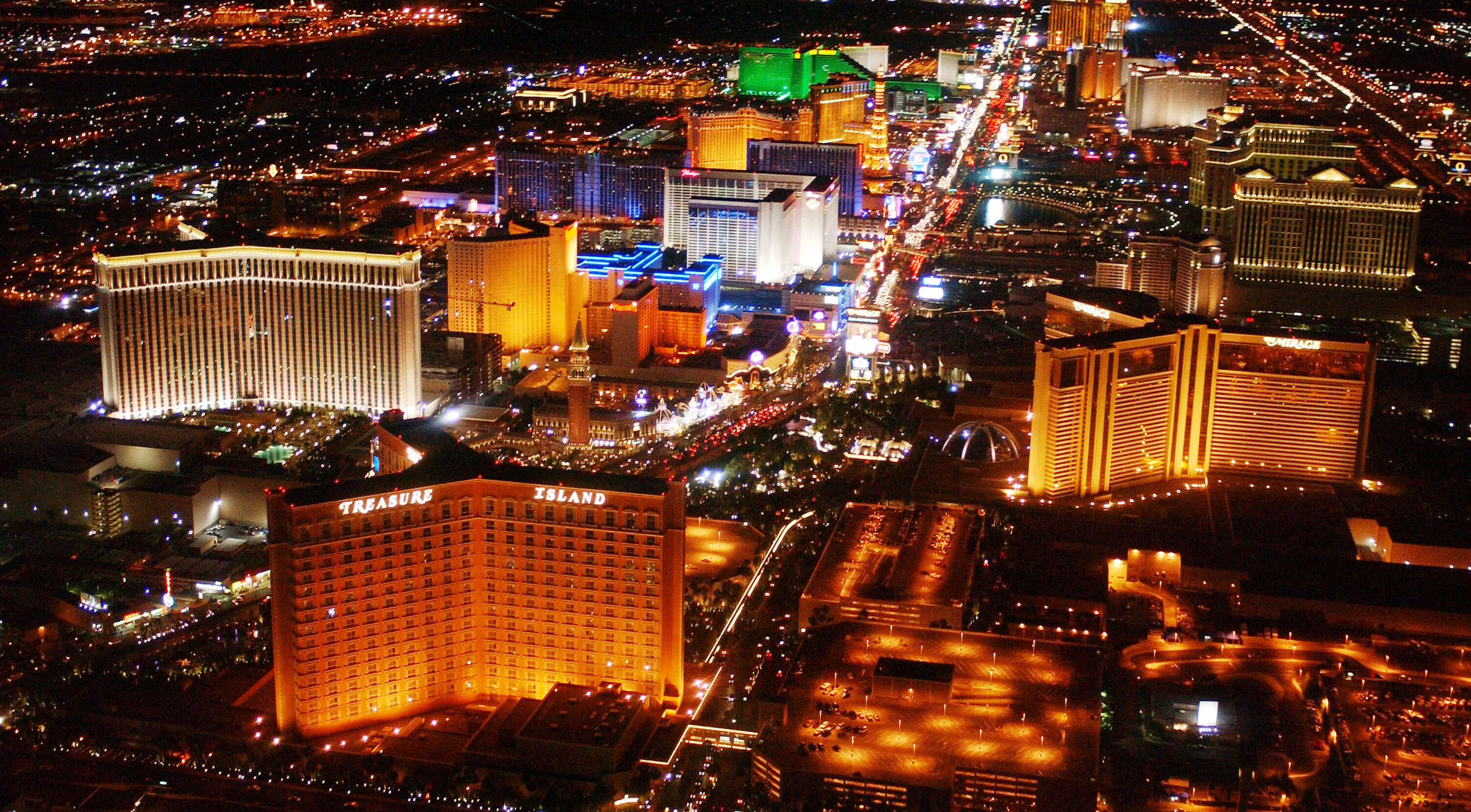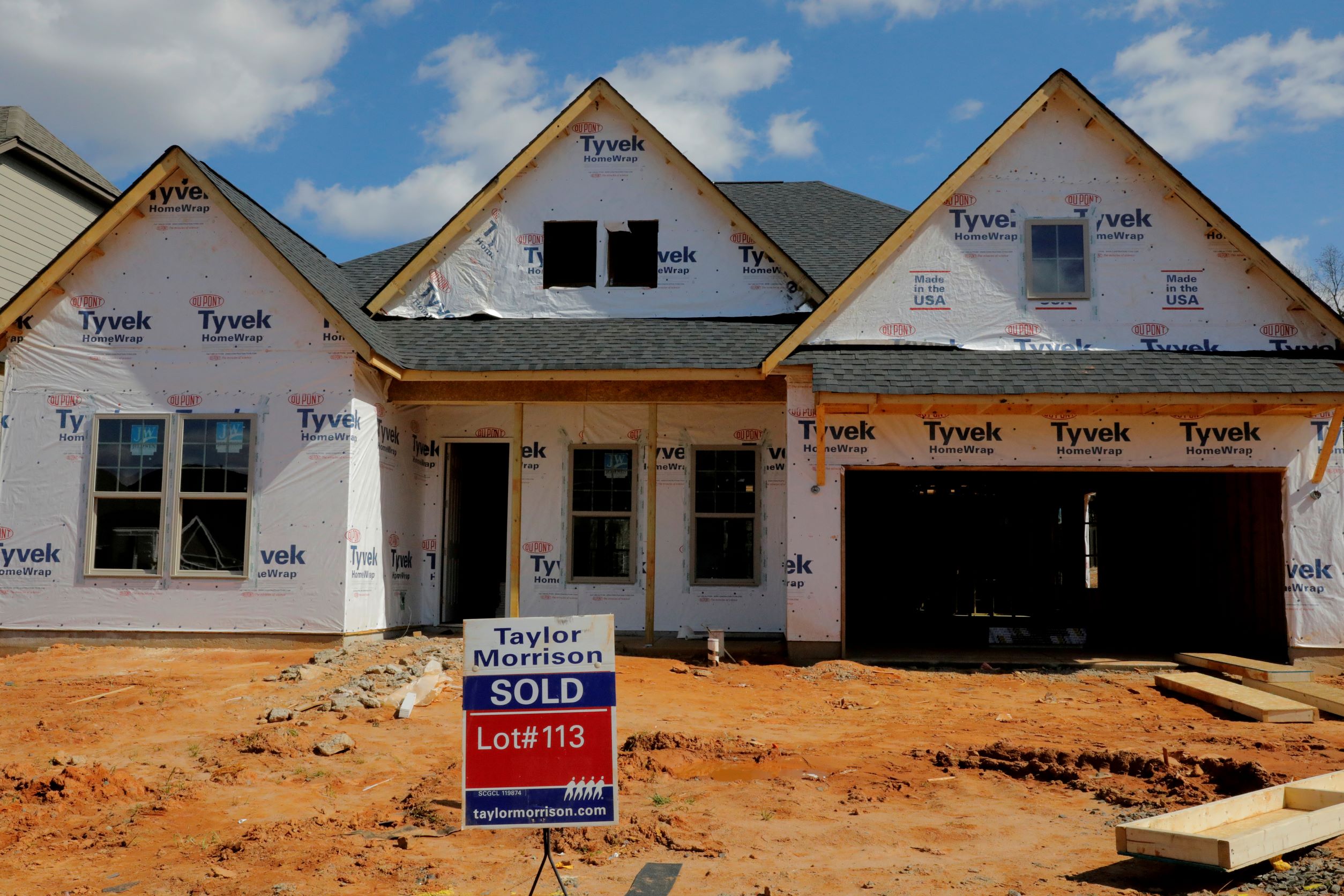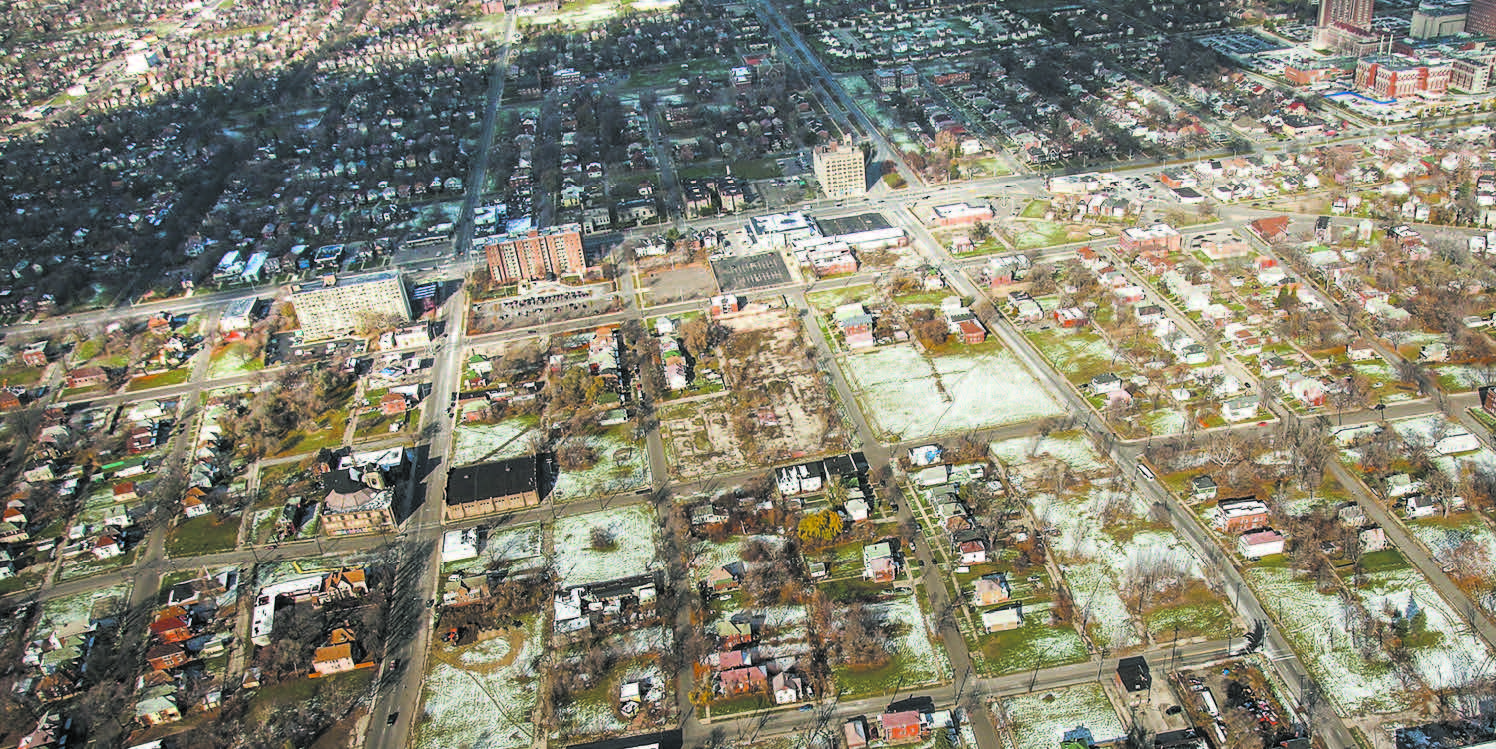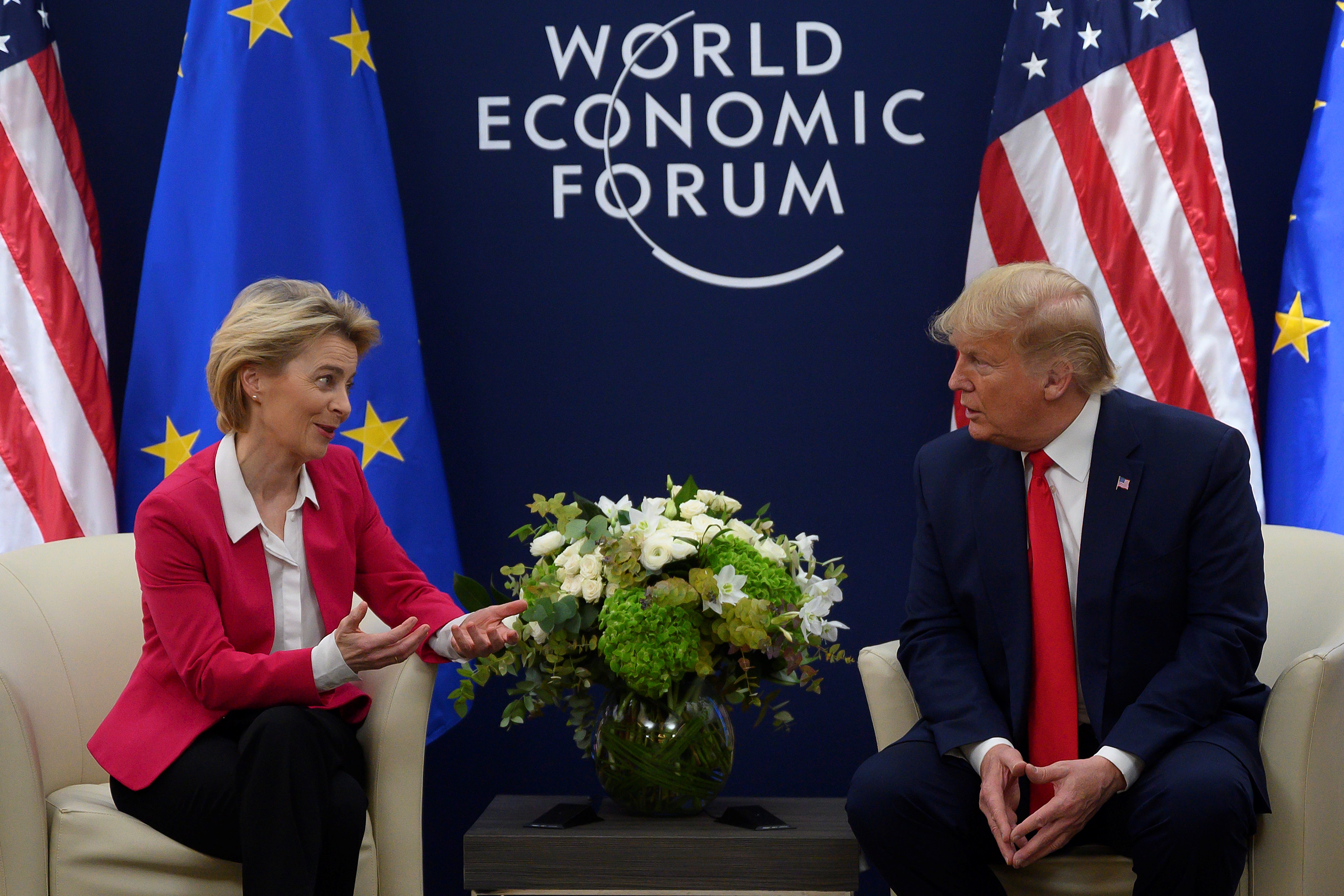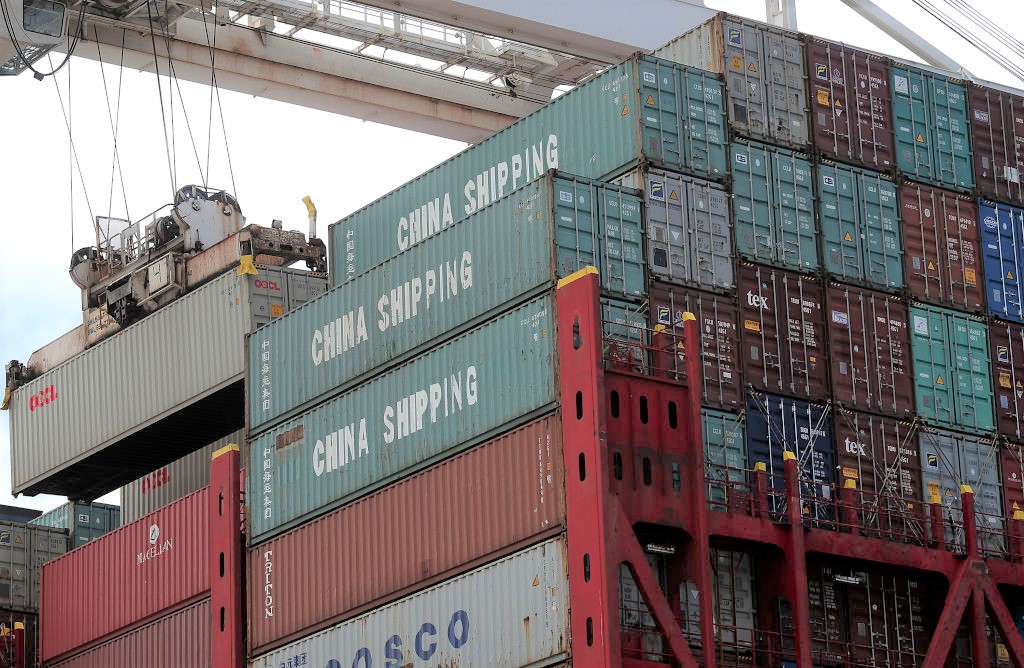


Former President Donald Trump, who made his fortune as a real-estate magnate, is tapping into that background to chart America’s future.
While making his third run for the U.S. presidency, Trump released a proposal that fell outside of conventional campaign rhetoric.
If elected, Trump says his plan would propel the nation into a new era of economic development, innovation and prosperity.
Trump envisions 10 gleaming new “Freedom Cities” rising on now-vacant federal land, with so-called “flying cars” transporting people and goods as new manufacturing centers churn out products here instead of overseas.
Those are among the desired outcomes of his “Quantum Leap” plan. Supporters are excited about those possibilities. But several experts dismiss the proposal as unrealistic.
Still, even skeptics commend Trump for “thinking big,” countering Republican opponent Chris Christie’s recent contention that Trump has fostered “small” thinking in America.
Some who doubt the plan’s feasibility concede that it sets a forward-looking agenda and tries to address the nation’s shortage of affordable housing–a growing problem.
But Trump’s supporters say they’re confident that his plan will boost Americans’ standard of living if he secures a second term in the 2024 election.
Jason Meister, a New Yorker who serves on Trump’s campaign advisory board, said the Quantum Leap proposal will “reignite American imagination.”
He sees Trump as a visionary and says he is the only candidate strongly emphasizing “American exceptionalism,” the belief that the United States is the world’s greatest nation, a land of opportunity, freedom and innovation.
“Trump 2.0 means nothing less than a complete disruption of the existing political order,” Meister said.
Meister and a trio of other Trump advisors spoke with The Epoch Times about the potential they see for the Quantum Leap plan. The Epoch Times also interviewed experts who weighed the proposal’s pros and cons.
Although Trump is dogged by two criminal cases and a host of other simmering legal woes, he is currently the frontrunner to become the Republican Party’s nominee.
If he wins the nomination, he will try to take back the White House from the Democrats, whose leading candidate is President Joe Biden. Both men are mired in scandals as the nation grapples with economic, social and political upheaval.
Nevertheless, Trump refuses to let any of those distractions hold him back, Meister says. “Donald Trump presents voters with a real chance for America to break free from the grip Democrats have on our failing crime-ridden cities … and restore U.S. excellence and leadership,” Meister said.
Several “people who aren’t normally cheerleaders” for Trump’s ideas commended The Quantum Leap plan, his advisors say.
Meanwhile, Biden seems to be “very much caught up in the news of the day” rather than looking far ahead, Trump’s team says.
Within the past few days, Biden has ramped up messaging about his economic policies, dubbed “Bidenomics.”
On June 28, Biden gave a Chicago speech laying claim to successes with job creation and investments, even though many Americans have blamed his policies for causing interest rates, grocery prices and energy costs to soar.
Trump’s advisors see his Quantum Leap plan as an antidote for those ills.
On first blush, the proposal may seem fantastical; a Reason magazine article called it “grandiose” and impractical.
But an article posted by The Association of Mature American Citizens says that, while Trump’s plan is “audacious,” history has shown that ambitious construction projects “can rejuvenate a society and revitalize a culture.”
And at least one slice of Trump’s futuristic vision is on the verge of reality. Similar to the “flying cars” popularized as a science-fiction fantasy in “The Jetsons” 1960s cartoons, Electric Vertical Take Off and Landing aircraft (EVTOLs) are now in production for commercial users.
EVTOLs were being developed prior to Trump’s first presidency, and the technology advanced during his tenure. Now plans are in the works for EVTOLs to start being used as city-to-city air taxis, perhaps within a few years.
Trump proposes enacting policies that would support American companies that are trying to beat the Chinese in a “race” to produce EVTOLs. He says this would launch “the biggest revolution in American transportation since the interstate highway system.”
“Just as the automotive revolution created extraordinary economic growth and helped link our country together, the coming air mobility revolution can transform commerce, bring an infusion of wealth into rural America, and connect families and our country in new ways,” Trump’s statement says.
EVTOLs and other aspects of the Quantum Leap concept were discussed during Trump’s administration but weren’t developed fully before he left office in 2021.
Using broad brushstrokes, Trump went public with his proposal earlier this year.
“Past generations of Americans pursued big dreams and daring projects that once seemed absolutely impossible. They pushed across an unsettled continent and built new cities in the wild frontier,” Trump said in a videotaped message.
“They transformed American life with the interstate highway system—magnificent it was. And they launched a vast network of satellites into orbit all around the Earth.”
But in recent years, “our country has lost its boldness,” Trump said, promising to harness it again “in a very big way.”
The former president said his plan for Freedom Cities would “open up the American frontier…to charter new cities where families and individuals can have a new shot at the American Dream.”
Right now, the dream of home ownership is out of reach for many people, especially young families, Trump said.
Unbeknownst to many people, the federal government owns about 640 million acres, about one-third of the land mass in the United States. The new cities would be built on tracts of undeveloped land; the national parks would remain intact, Trump said.
People would be invited to submit specific new-city proposals in a national contest. Each would occupy about the size of the District of Columbia, Trump’s team says.
But conducting such a contest “is fraught, through and through, with so much potential for abuse,” says Robert Kravchuk, a professor emeritus at Indiana University and an internationally recognized expert in public administration, public finance and political economy.
He told The Epoch Times that state leaders might make proposals under Trump’s plan and “figure out how they can get federal money for projects that they want to do anyway.”
Guidelines for the contest are among the plan’s specifics that would need to be fleshed-out post-election, assuming Trump victory in 2024.
Asked to review information released thus far, Kravchuk said he considers Trump’s Quantum Leap a “pie-in-the-sky” proposition.
China experimented with a similar scenario; it fell flat. “They have constructed entire Potemkin cities, cities capable of holding 150,000 people, out in remote areas that are totally unpopulated today. There’s nobody there,” Kravchuk pointed out.
Cities emerge near essential features such as rivers or ports, raw materials, agricultural lands and markets; each city must have a “core economic function,” he said.
“And this is where the Trump proposal falls short,” Kravchuk said, adding, “If there should be a city there, there would already be a city there.”
The Trump team counters that the gambling mecca of Las Vegas, Nevada, is an example of a glittering city that rose from nothingness in the Mojave Desert.
But Kravchuk said: “There’s a reason why there’s only one Las Vegas. Is there room for two? I mean, seriously speaking…what is going to be the basis for this, this [new] city to survive longer-term? What does it provide that other cities in the country or the region cannot provide?”
And, in terms of priorities, Kravchuk questions whether massive amounts of money should be devoted to birthing new cities on federal land, particularly considering the nation’s other needs.
America’s leaders need to target “trillions of dollars’ worth of rural bridges and roads and tunnels and levees…that need to be renovated and renewed,” he said.
Jeffrey Mason, research manager for the Charter Cities Institute, a nonprofit think tank that provides advice and technical assistance for new city projects, sees “positives and negatives” in Trump’s proposal.
“On the positive side… I do kind of appreciate the boldness of thought,” he told The Epoch Times. “It’s definitely bold and interesting.”
Trump’s plan at least acknowledges that people are looking for alternatives to traditional cities because “existing cities and towns have been strangled,” he said. “There’s this coalition of interest groups who, for various reasons…say ‘no’ to building things.”
In that vein, the Reason magazine article conceded that “a decent idea” is buried within the Trump plan. “The federal government owns the majority of land in states that have seen the biggest pandemic-era housing price spikes. Selling that land off for residential development makes abundant sense,” the article says.
Home prices have increased by an average of about $93,000 in the past few years, Trump’s team points out, adding that the 30-year fixed mortgage rate has more than doubled since January 2021, when Trump left office.
Trump says that, in addition to building the new cities, he would take other steps to reduce the cost of living for Americans.
Although Mason’s work has focused on new city projects in Africa, he said ideas that are used in foreign countries could sometimes be translated into benefits for projects in the United States.
That’s a point Trump has often made, his team says. As one advisor put it: “There’s a separate set of rules for ‘developing countries.’ And it’s like, ‘Well, why are we not a ‘developing country’ anymore?’”
Mason points out another advantage of building new communities: It’s difficult to correct design flaws in existing cities. “But if you’re building something from the ground up, you can go in and avoid some of the pitfalls of 20th-century planning,” he said.
Still, the Trump plan faces another huge hurdle: Unless there’s a way to “bypass” it, the National Environmental Policy Act would apply to the proposed Freedom Cities. As a result, such a project could be “bottled up in litigation for 15 years before anybody even touches a shovel,” Mason said.
Even if regulatory red tape is eliminated and construction can be finished on feasible sites, it may be hard to persuade “a critical mass of people to move to these places,” Mason said.
“Nobody wants to be the first person to [relocate in] a new city … so you’ve got to solve that challenge,” he said. In addition, the new cities would be competing against other places where people could choose to live.
Our nation no longer has high levels of “rural-to-urban migration,” as it once did, Mason said. Therefore, it might be more workable to “build something that I would call closer to a ‘town’” rather than a city, he said.
“Maybe if you could convince a handful of companies to set up their headquarters or maybe some kind of plant or something like that, you can kind of build around that,” he said. “But I think the ability to scale is difficult.”
Trump believes businesses will be attracted to a “clean slate” where they can construct new manufacturing plants with regulatory and tax incentives, his advisers say. In some ways, the Quantum Leap proposition is akin to a program Trump championed during his presidency.
The Tax Cuts and Jobs Act of 2017, Trump’s second year in office, sliced Americans’ tax rates and also created incentives for investors to develop thousands of Opportunity Zones in impoverished areas.
While the program was initially denounced for its potential to help the rich get richer, recent reports touted its successes. Earlier this year, the Washington-based Economic Innovation Group said the program’s results were “unique in the history of U.S. placed-based policy.”
The group analyzed a pair of 2022 research papers and concluded, “The emerging evidence suggests that Opportunity Zones have already achieved a combination of expansive geographic reach, large-scale private investment, and significant economic effects.”
In that same vein, Trump’s allies say critics of the Quantum Leap plan could be proven wrong.
Meister called Trump’s model for the future “the antithesis” of the vision of many influential organizations across the globe, whose leaders want to curtail land development and population growth.
In contrast, Trump is aiming to create new cities and also is encouraging young couples to have children; he would ask Congress to pay “baby bonuses” in hopes of fostering a new “baby boom,” like the post-World War II explosion of births in the U.S., from 1946-64.
When Trump spoke at the World Economic Forum (WEF) in 2020, he said: “To embrace the possibilities of tomorrow, we must reject the perennial prophets of doom and their predictions of the apocalypse. They are the heirs of yesterday’s foolish fortune-tellers.”
“They predicted an overpopulation crisis in the 1960s, mass starvation in the ’70s, and an end of oil in the 1990s,” Trump said. “These alarmists always demand the same thing: absolute power to dominate, transform, and control every aspect of our lives.”
But, he said, “In America, we understand what the pessimists refuse to see: that a growing and vibrant market economy focused on the future lifts the human spirit and excites creativity strong enough to overcome any challenge—any challenge by far.”
Meister and other Trump advisors are concerned that the WEF and “green extremists” are pushing for people to live in densely packed areas or “urbanized suburbs.”
The WEF’s “15-minute cities” concept calls for locating many of life’s essentials within a 15-minute walk of people’s homes, drastically reducing the need for pollution-causing transportation.
But the result, some fear, would be crowded, isolated urban centers where space is at a premium and, therefore, extremely expensive.
Meister predicts: “We will be living in pods, restricting our carbon footprint and eating bugs.”
Trump’s plan includes other features, such as a “strategic national manufacturing initiative.” The goal would be to “revitalize forgotten communities by turning them into flourishing hives of industry,” Trump’s website says.
In addition, Trump’s America First Trade Policy will “replace the current system of punishing domestic producers and rewarding outsourcers.” A new system would adopt “universal baseline tariffs,” with a goal of rewarding U.S. producers while taxing foreign companies, his statement says.
Higher tariffs will “create millions of new jobs,” among other ripple effects, and would “generate trillions of dollars of new wealth to strengthen American society,” Trump’s plan says.
The proposal also calls for “a four-year plan to phase out all Chinese imports of essential goods—everything from electronics to steel to pharmaceuticals.” Jobs in those industries would then return to the U.S.
Further, Trump would advance a “great modernization and beautification campaign.” He wants to recruit governors from all 50 U.S. states by “getting rid of ugly buildings, refurbishing our parks and our public spaces, making cities and towns more livable, and working to create a pristine environment.”
In wrapping up his message the plan, Trump struck an idealistic, optimistic note.
“It is time to start talking about greatness for our country again,” he said. ”I will dramatically increase living standards and build a future that brings our country together through excitement, opportunity, and success.”

